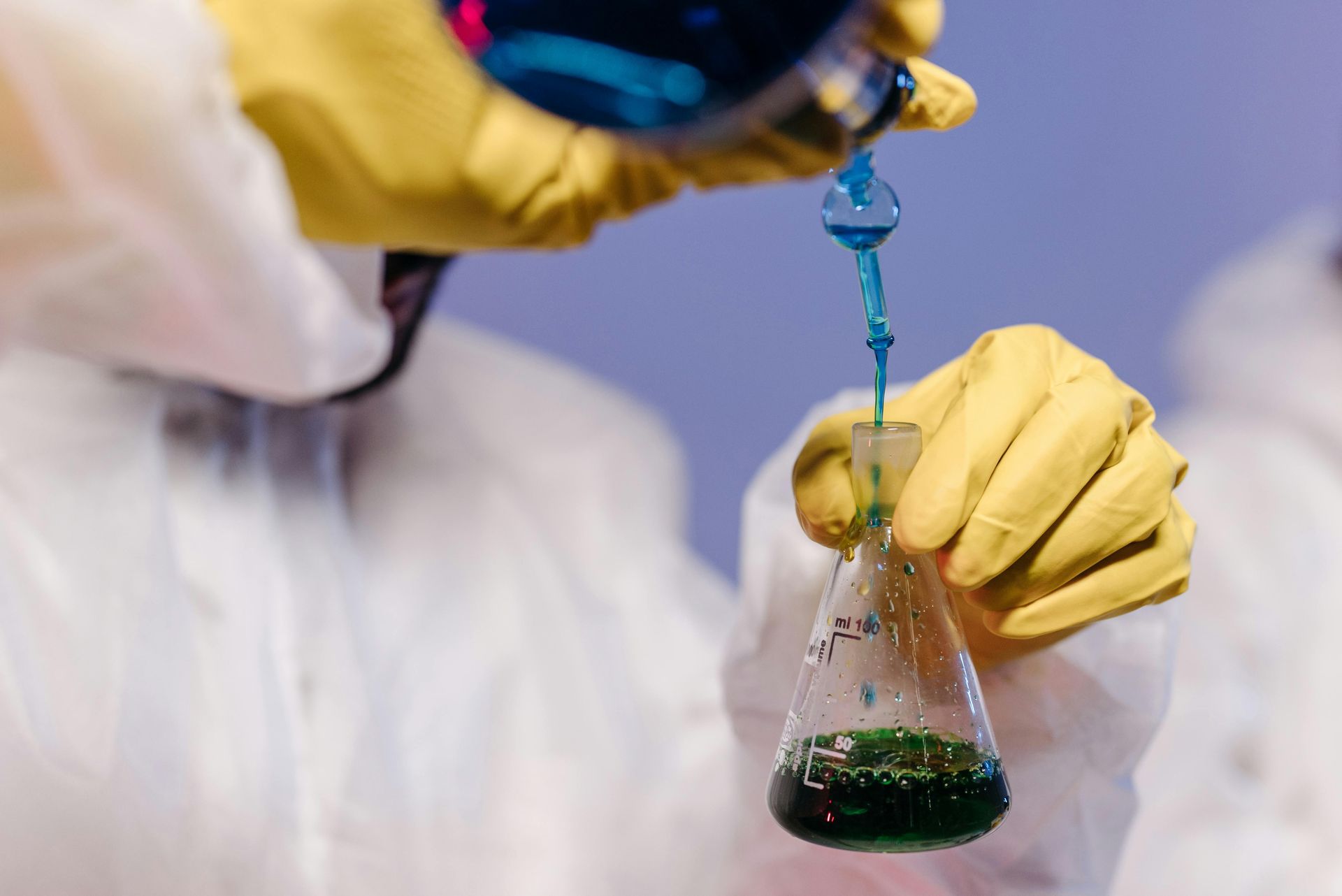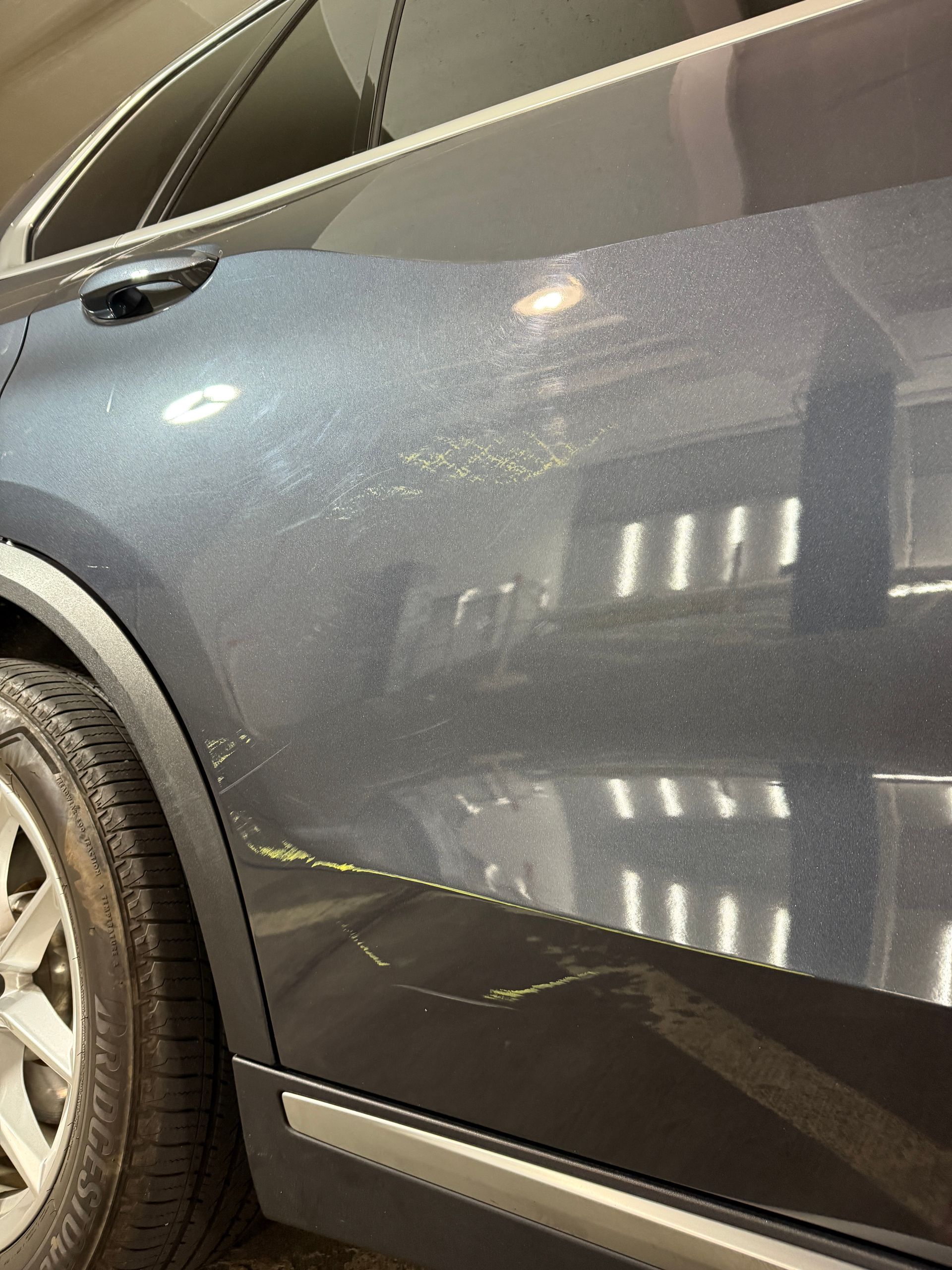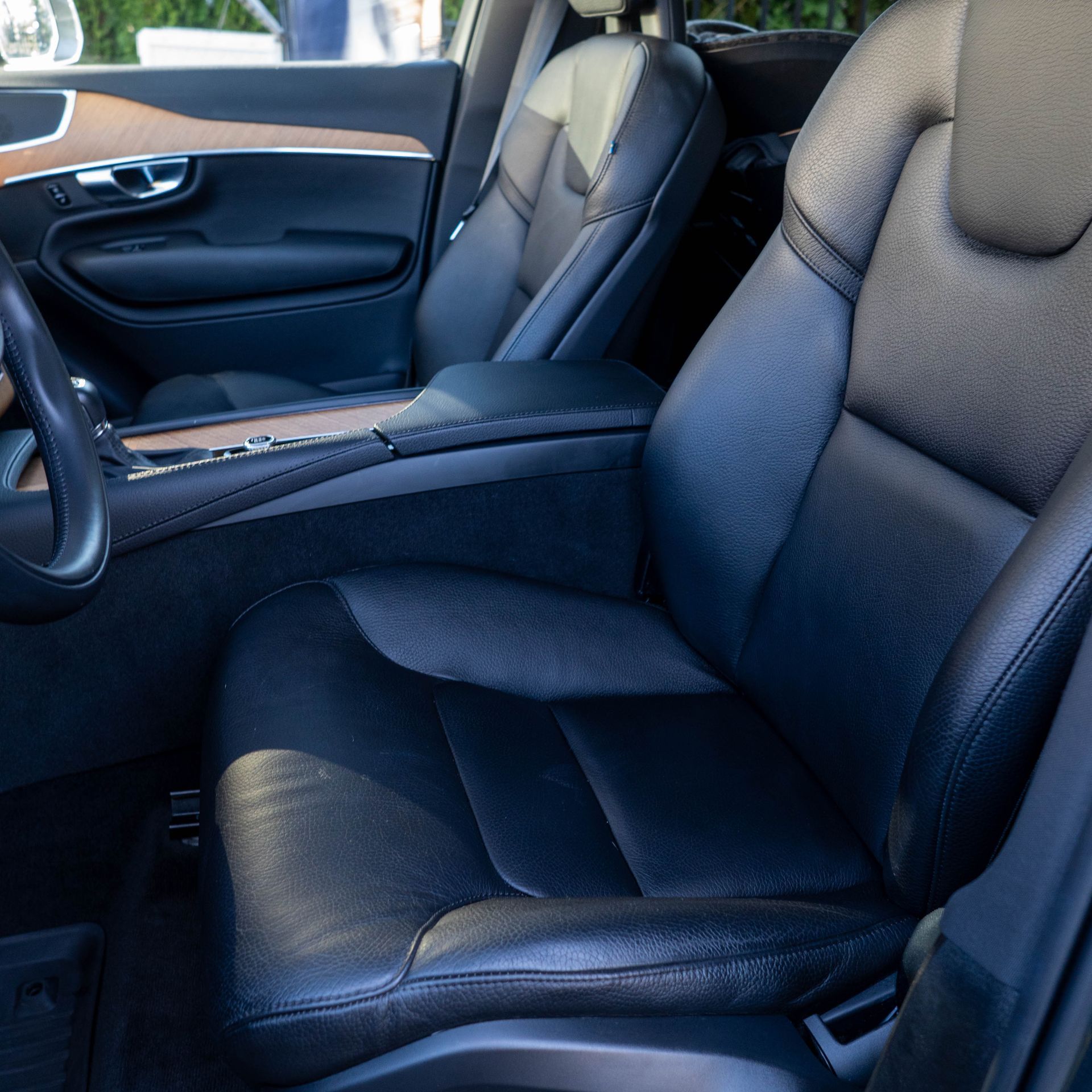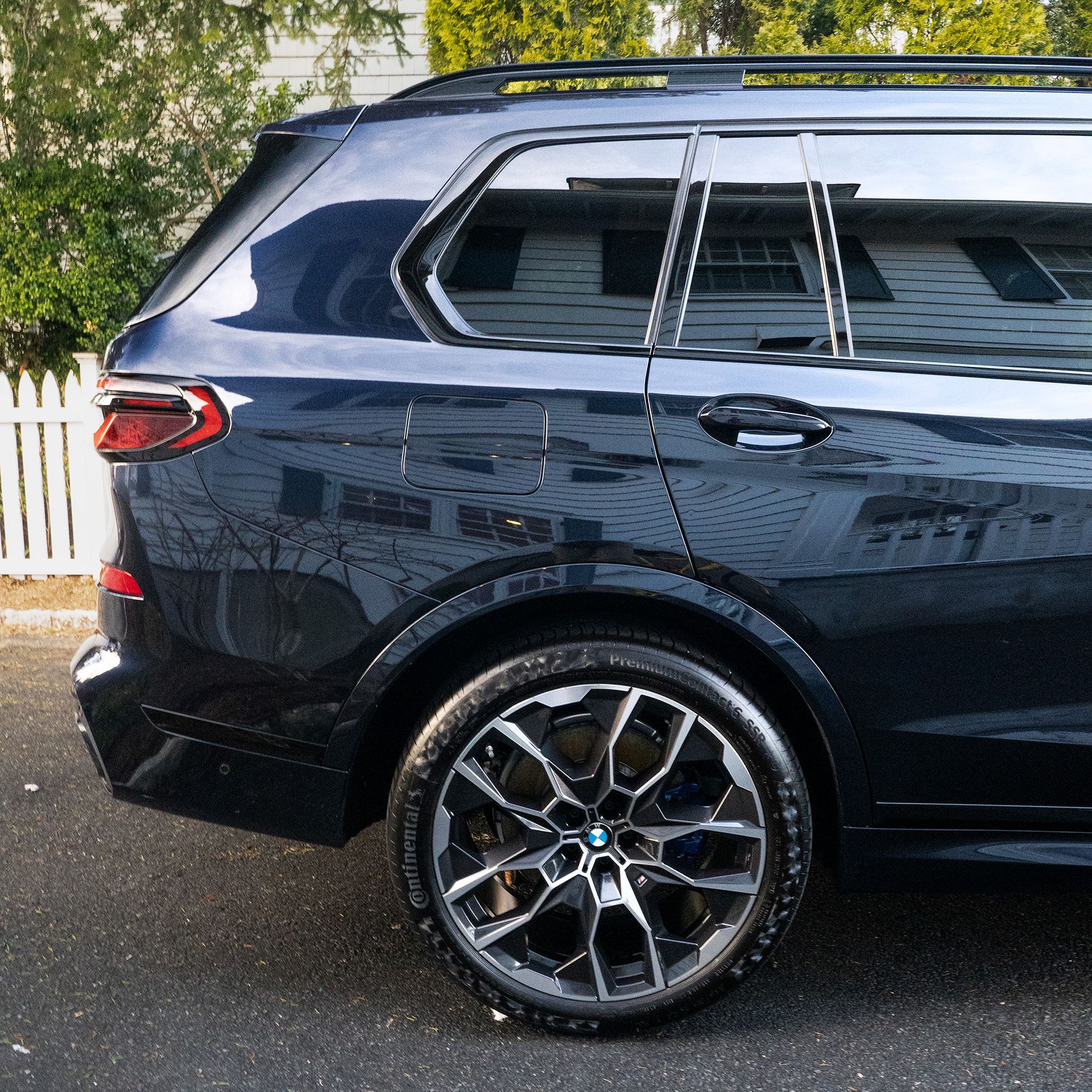Transforming Your Car's Paint with Paint Correction at Home
August 20, 2023
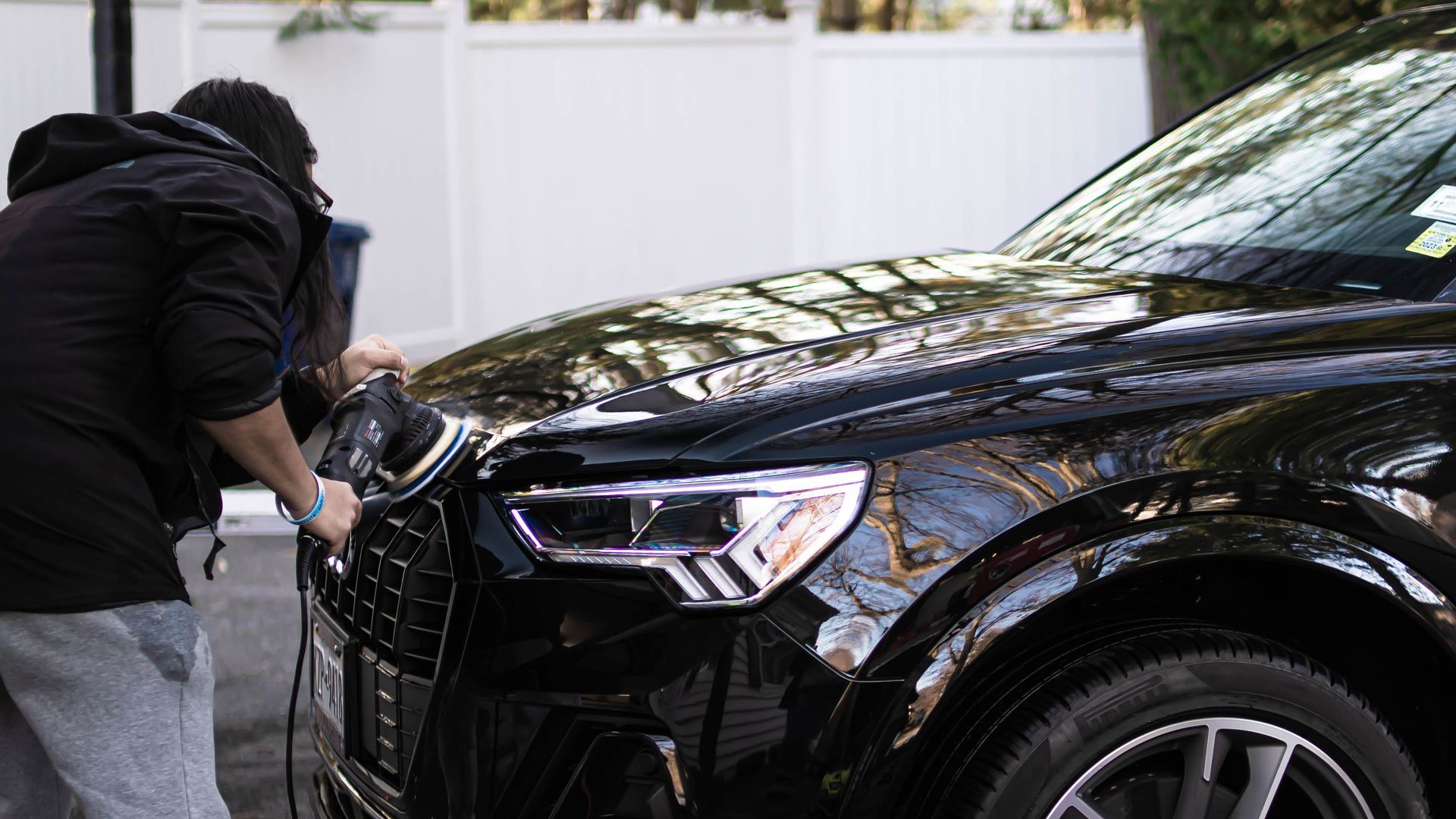
Are you tired of looking at the swirl marks, scratches, and stains on your car's paintwork? Do you want to restore its lost shine and gloss? If yes, then you've come to the right place. At Westchester Auto Detail, we have a team of paint correction experts who are dedicated to providing top-rated services that will make your vehicle look like new again. In this blog post, we will cover everything you need to know about paint correction. From understanding the importance of it to preventing further damage. We also explain our comprehensive paint correction process and what makes us stand out from the competition. Lastly, we highlight our popular packages so that you can choose the one that best suits your needs. So why wait when you can restore your vehicle's beauty today? Make an appointment with us and let us take care of the rest.
Seeking Paint Correction Services?
Looking for experts in paint correction to restore your vehicle's paintwork? Say goodbye to swirl marks, scratches, and other imperfections with professional paint correction services. Enhance the appearance of your vehicle and protect your investment. Trust the professionals to take care of your vehicle's paint.
Understanding the Importance of Paint Correction
Paint correction, an essential process for your vehicle's paintwork, effectively eliminates swirls, scratches, and other defects. In our experience most cars that are more than 1 year old will require this treatment. Even newer cars can benefit from a paint correction due to the paintwork refinement and protective properties.
By restoring the clarity and shine of the clear coat, it enhances the overall appearance. With professional paint correction, you can protect your vehicle from further damage and ensure that paint imperfections don't detract from its beauty.

Common Paint Problems: Swirl Marks, Scratches, and Stains
Common paint problems that can affect your vehicle's appearance. From swirl marks and scratches to stubborn stains, learn about the impact of bird droppings, acid rain, and water spots, and find tips for treating light and deep scratches.
What Causes Paint Damage?
From swirl marks to scratches, improper washing techniques and environmental factors contribute to unsightly defects.
Preventing Further Paint Damage
To prevent further damage to your vehicle's paint, take proactive steps. Keep your vehicle clean with regular car washes and consider a ceramic coating. Avoid harsh chemicals and abrasive materials that can cause fine scratches. Protect your vehicle from the elements to prevent oxidation and water spots.

Our Popular Packages
Discover our popular packages for expert paint correction and restoration. Our Premium 2-Stage Polish offers comprehensive paint correction, removing swirls and light scratches while restoring a deep gloss and shine to your vehicle's paintwork. Alternatively, our Paint Enhancement (Single Stage Polish) improves paint clarity, reduces surface scratches, and enhances the gloss and depth of your vehicle's paint.
Premium 2-Stage Polish
A two stage machine polish using a combination of medium and ultra fine polishes. Our premium 2-stage polish is a two-step process designed to correct paint imperfections. It involves the thorough removal of swirl marks and light scratches, restoring a deep, glossy finish to your vehicle's paintwork. This process improves clarity and depth of the clear coat and provides protection against further damage and oxidation.
This package is for the perfectionist or for cars with higher amounts of neglect; we aim to achieve a 95%+ defect removal in your vehicle's paint. Choose our expert paint correction service for exceptional results.
Paint Enhancement (Single Stage Polish)
Refresh and rejuvenate your vehicle's appearance with our single-step paint enhancement process. Experience a reduction in surface scratches and swirl marks, along with an improvement in paint clarity and reflection. Our experts will enhance the gloss and depth of your vehicle's clear coat, giving it a stunning finish.

Ready to Say Goodbye to Swirls, Scratches, and Holograms?
Are you tired of seeing swirl marks, scratches, and holograms on your car's paintwork? Say goodbye to these imperfections with our paint correction services. We'll restore a flawless finish, enhance gloss and shine, and reduce the appearance of paint imperfections for a showroom-quality appearance. Restore your vehicle's beauty today!
How to Make an Appointment with Us?
Schedule an appointment with us by contacting our visiting our website. Our knowledgeable staff will provide personalized recommendations based on your paint correction needs. Choose a convenient date and time, and expect exceptional customer service throughout the process.
Why Wait When You Can Restore Your Vehicle's Beauty Today?
Don't miss out on the opportunity to restore your vehicle's beauty today. With our expertise and dedication to quality workmanship, you can trust us to bring back that flawless finish. Protect your investment, maintain its value, and enjoy the satisfaction of driving a showroom-worthy car. Take the next step towards achieving perfection.
If you're seeking paint correction services, look no further than Westchester Auto Detail. We understand the importance of paint correction and have the expertise to restore your vehicle's shine and gloss. Our comprehensive paint correction process includes an initial hand wash and assessment, paint decontamination, machine polishing, and ceramic coating or sealant application. With our services, you can expect not only the restoration of your vehicle's beauty but also protection from future paint damages. Choose from our popular packages, including the Premium 2-Stage Polish and Paint Enhancement. To make an appointment with us, simply reach out and schedule a time that works for you. Don't wait any longer to say goodbye to swirls, scratches, and holograms. Restore your vehicle's beauty today with Westchester Auto Detail.
